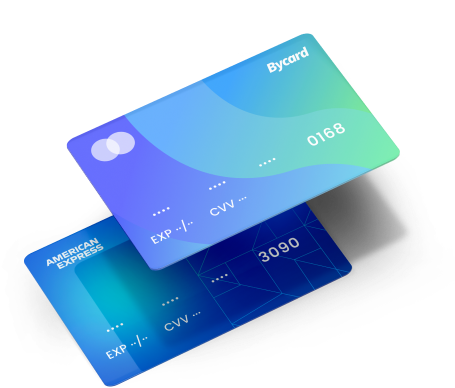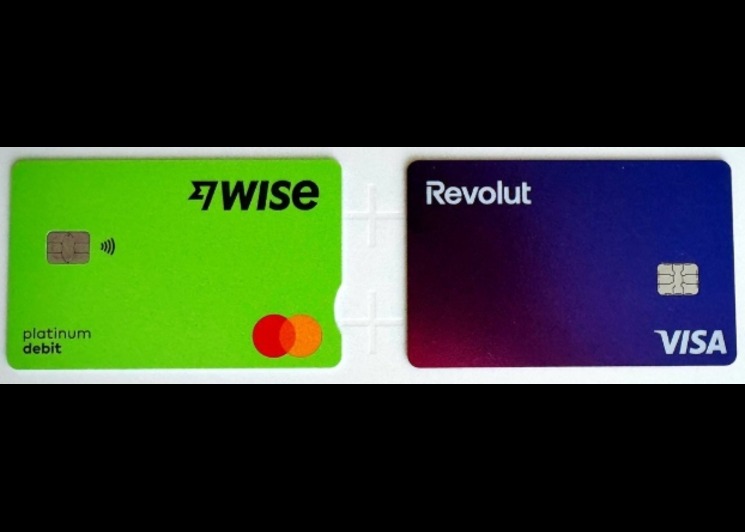Synthetic identity fraud: Practical defenses for businesses and consumers

Synthetic identity fraud is one of the most sophisticated forms of financial crime today. It doesn’t involve stealing someone’s full identity but rather building a new one from fragments of real data, a national ID here, a birth date there, and fabricated details to fill the gaps. These manufactured identities look legitimate enough to pass verification systems, secure credit, and then vanish once the damage is done.
As the lines between digital trust and deception blur, businesses are realising that fraud prevention goes far beyond initial identity checks, it must also include how transactions and payments are controlled afterwards. Platforms like Bycard, with their layered security features and BIN-level controls, help organisations monitor and limit exposure once accounts are active, closing a critical gap that synthetic identity fraud often exploits. Understanding how synthetic identity fraud works, and how effective fraud prevention systems like these can counter it, has become essential for every business and consumer.
- Synthetic identity fraud: Practical defenses for businesses and consumers
- What is Synthetic Identity Fraud and Why it Matters
- Why synthetic identity fraud is Hard to Detect
- Practical Identity Fraud Prevention Strategies
- The Role of Identity Fraud Prevention
- Challenges Businesses Face
- Impact of Synthetic Identity Fraud on Businesses and Consumers
- Bycard’s Role in Identity Fraud Prevention
What is Synthetic Identity Fraud and Why it Matters
At its core, synthetic identity fraud occurs when criminals combine authentic personal data with fabricated details to form a hybrid identity used in financial transactions.
Unlike traditional identity theft, where a full identity is stolen, identity fraud uses fragments, making it harder to detect. Because these identities are “new,” they often pass automated checks and can build credibility over time.
The cost is immense: global synthetic identity fraud losses were estimated above $35 billion in 2023, and experts expect the number to rise sharply by 2030. Beyond financial loss, the crime erodes trust in verification systems and creates friction for legitimate customers.
Why synthetic identity fraud is Hard to Detect

Synthetic identity fraud undermines the trust that onboarding systems and credit systems rely on. Fraudsters combine fragments of real personal data with fabricated details to create new, believable identities, then use those synthetic identities to open accounts, test limits, and ultimately extract value. Because the identity is built rather than simply stolen, synthetic identity fraud can evade many traditional identity checks until the fraudster “busts out.” As a result, organisations face larger charge-offs, more manual investigations and higher operating costs for fraud prevention.
Practical Identity Fraud Prevention Strategies
Fighting identity fraud requires layered, data-driven controls. Here’s what works in practice:
Strengthen Identity Verification at Onboarding
- Verify information across multiple trusted databases, not just one source.
- Use biometrics or video-based liveness checks to prevent document spoofing.
- Check “identity age”, newly formed identities with minimal history are often synthetic.
Effective onboarding tools that merge data checks and liveness validation create a real barrier to synthetic identity fraud.
Continuous Monitoring and Analytics
- Flag behaviour changes: rapid credit increases or unusual transaction patterns.
- Deploy fraud prevention systems with machine learning to spot subtle anomalies (shared phones, duplicate addresses, repeat devices).
- Audit your customer base regularly for thin or inconsistent identity histories.
Collaboration and Intelligence Sharing
Fraud prevention improves when financial institutions share anonymised risk data. Fraudsters exploit the “new account” gap across institutions, so sharing device fingerprints and fraud typologies helps close that gap. Industry collaboration and regulatory partnerships are key.
Consumer Awareness and Data Hygiene
Even individuals can strengthen identity fraud prevention by:
- Protecting personal data online.
- Monitoring credit reports for unfamiliar accounts.
- Checking children’s credit history to prevent long-term misuse.
Tailor Risk Policies for Digital Onboarding
Synthetic identity fraud thrives during account creation. Apply layered verification for higher-risk profiles, use manual reviews when signals conflict, and balance friction with protection. Good identity fraud prevention combines data integrity with user experience.
The Role of Identity Fraud Prevention
Identity fraud prevention covers all actions that protect personal and financial information from being misused or manipulated. Synthetic identity fraud falls within this scope but requires a more adaptive approach.
Most fraud systems were built to detect stolen identities, not manufactured ones. Modern identity fraud prevention frameworks need to detect unusual data structures, inconsistent histories, and repeated device use.
Digital growth and AI-driven document forgery make static systems obsolete. Institutions must constantly update verification models and cross-reference multiple sources to keep synthetic identities out of the ecosystem.

Perfect Card for secure, fraud-free payments!

Challenges Businesses Face

Even with better tools, synthetic identity fraud remains difficult to eliminate due to:
- Delayed discovery: fake identities build trust over months before cashing out.
- Inconsistent definitions: different institutions identify “synthetic” differently, creating blind spots.
- Experience vs. security balance: too much friction drives customers away; too little invites fraud.
- Regulatory and privacy constraints: sharing identity data is vital but must stay compliant.
These realities make it essential for fraud prevention strategies to evolve beyond one-time checks toward continuous identity validation.
Impact of Synthetic Identity Fraud on Businesses and Consumers
For Businesses
- Increased costs from charge-offs and investigations.
- Brand damage when synthetic identity fraud becomes public.
- Regulatory risk if institutions fail to act on known weaknesses.
- Need for coordination between fraud, compliance, and credit teams.
For Consumers
- Regular credit monitoring and responsible data sharing reduce exposure.
- Personal identifiers can be used in synthetic profiles even if your own identity isn’t “stolen.”
- Credit scores may be impacted by accounts you didn’t open.
Bycard’s Role in Identity Fraud Prevention
Once an account exists, controlling how funds are spent is critical. This is where Bycard’s virtual card system strengthens fraud prevention beyond the verification stage.
Bycard’s instant-issue virtual cards allow businesses to assign a unique card to each vendor or campaign, set precise limits, and pause or cancel cards in real time. These features stop synthetic identities or compromised accounts from moving funds unchecked.
What’s especially valuable is Bycard’s issuer BIN-level control, a built-in layer of intelligence within its virtual card framework. Fraud teams can use Bycard’s BIN as a monitoring point: setting per-BIN spending caps, merchant category restrictions, and transaction-velocity rules without exposing any sensitive BIN digits.
This BIN-based structure gives organisations granular visibility and instant reaction power, preventing synthetic identity fraud from escalating into major loss events.
In practical terms, businesses can:
- Issue controlled virtual cards with limited spending scopes.
- Lock transactions to approved merchants or channels.
- Enable alerts for large or unusual first-day transactions under the Bycard BIN.
- Export transaction data for real-time reconciliation and risk modelling.
These measures complement other identity fraud prevention tools, offering a responsive way to contain fraud once an identity slips through onboarding.
Conclusion
Synthetic identity fraud has evolved into a global, data-driven threat. The only sustainable defense is a layered strategy, combining fraud prevention technology, identity fraud prevention frameworks, consumer vigilance, and real-time spending controls.
Businesses that blend strong verification with flexible transaction oversight, as Bycard’s BIN-aware virtual cards allow, are better equipped to contain fraud quickly and protect both their operations and customers. Synthetic identity fraud may not disappear soon, but through smarter monitoring, adaptive identity checks, and operational controls that limit exposure, organisations can shift from reactive loss recovery to proactive defense.







